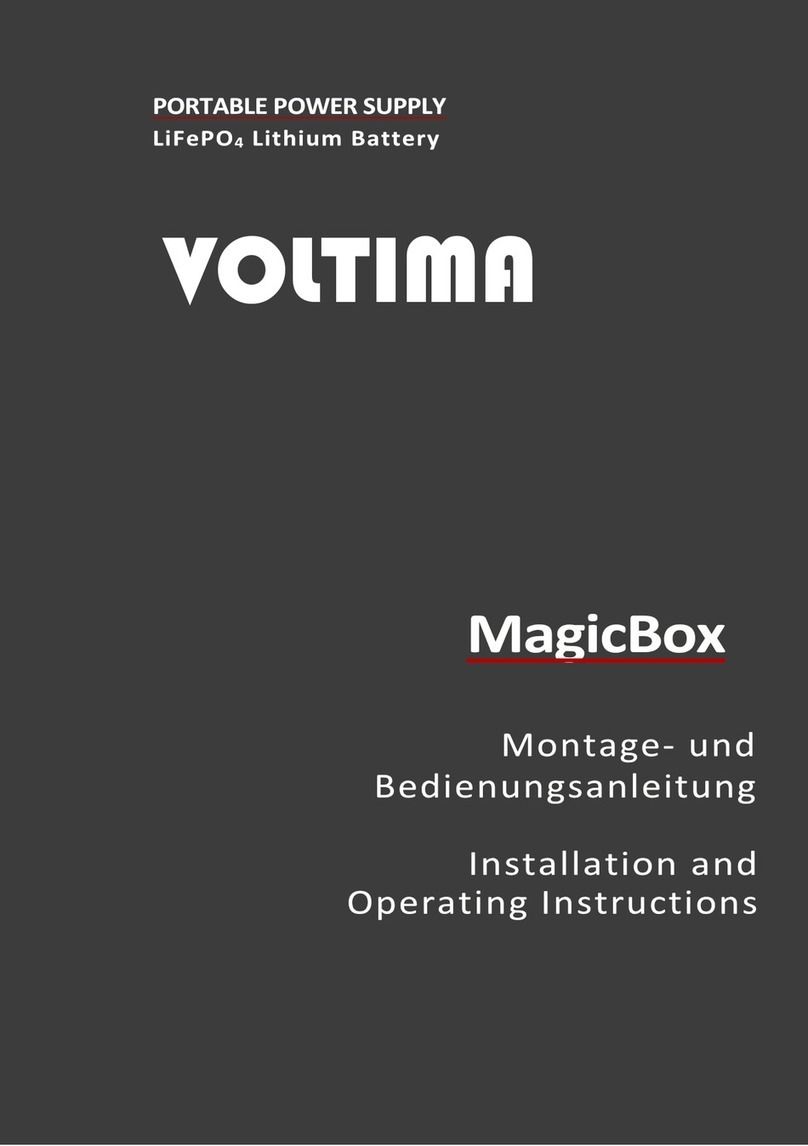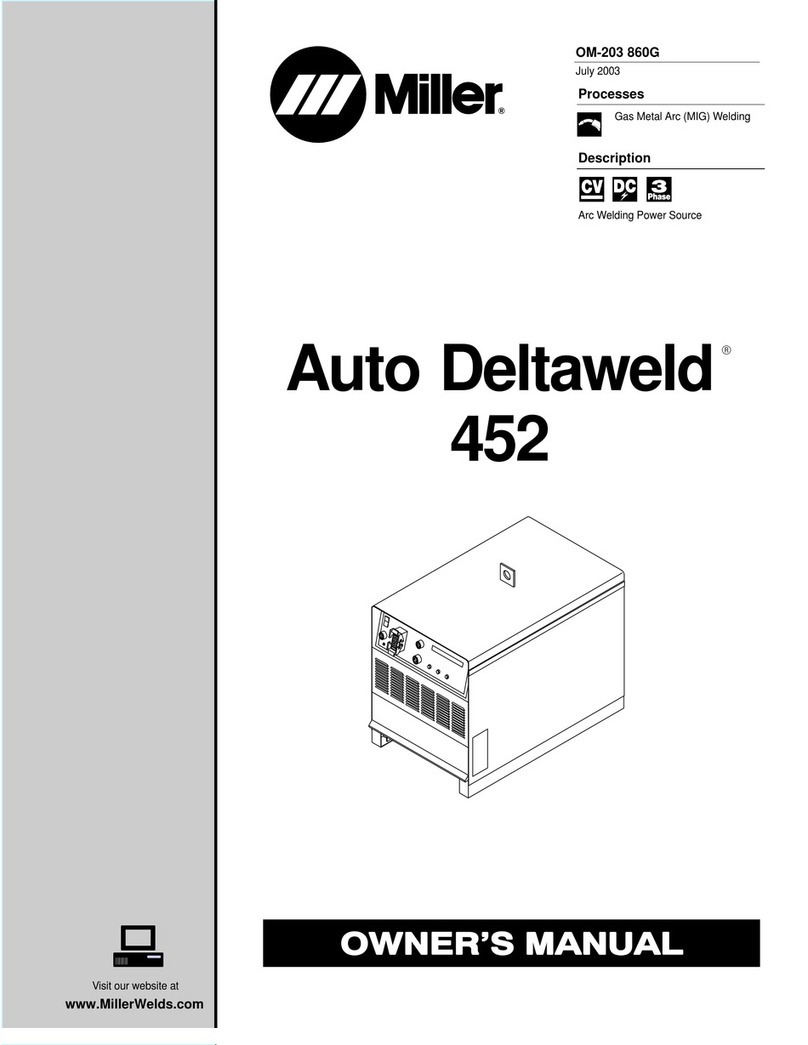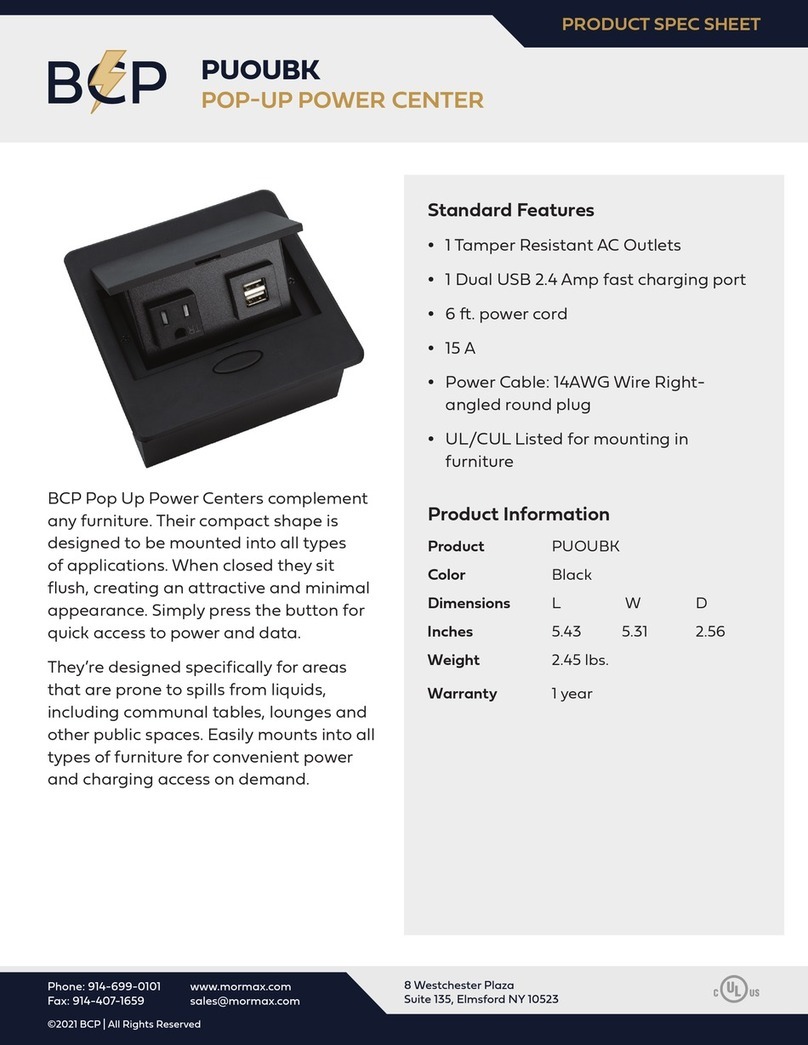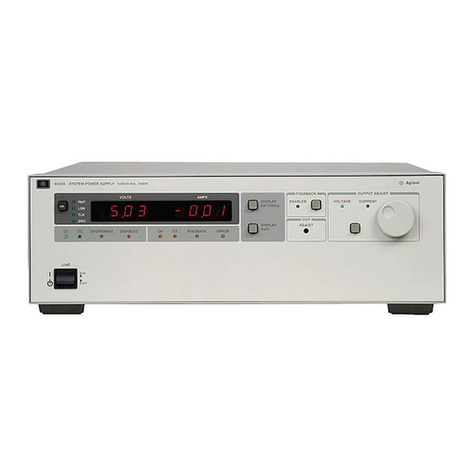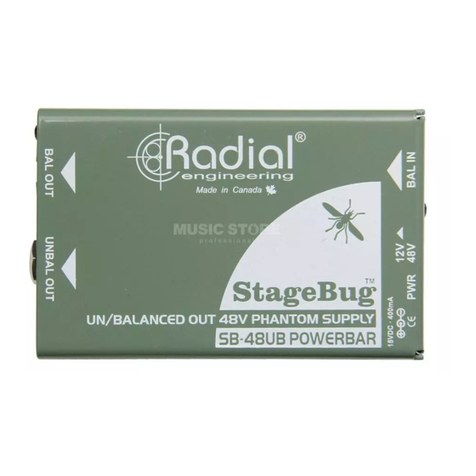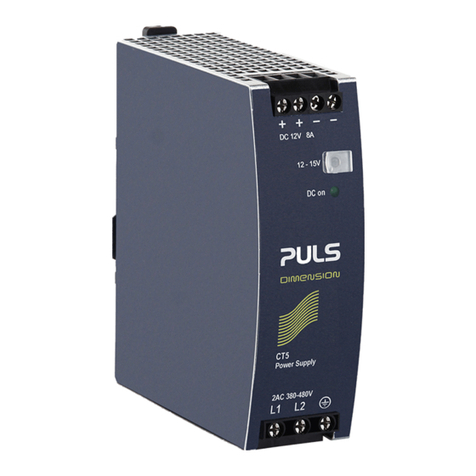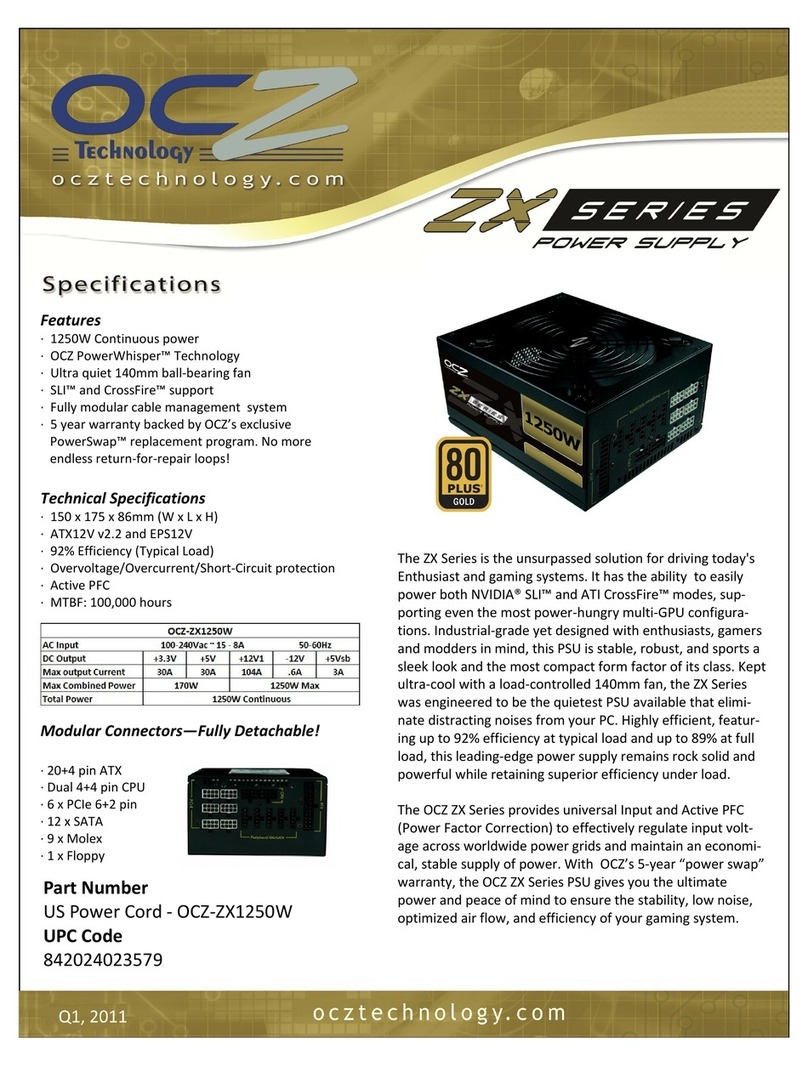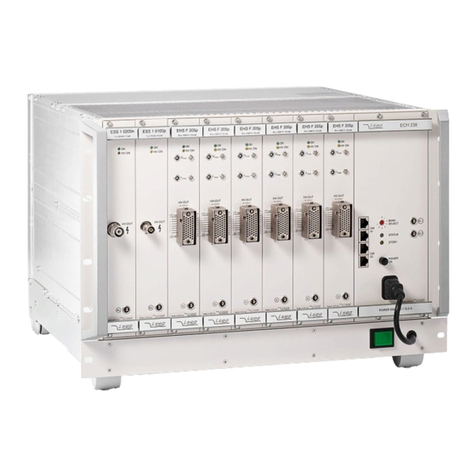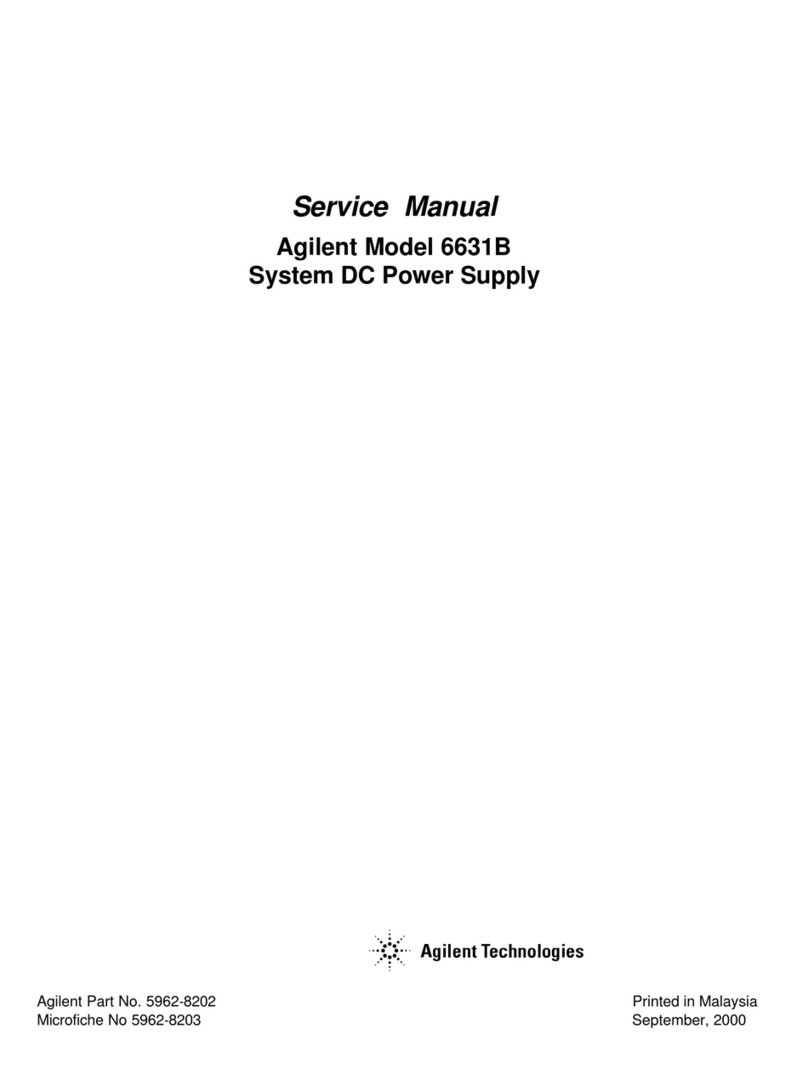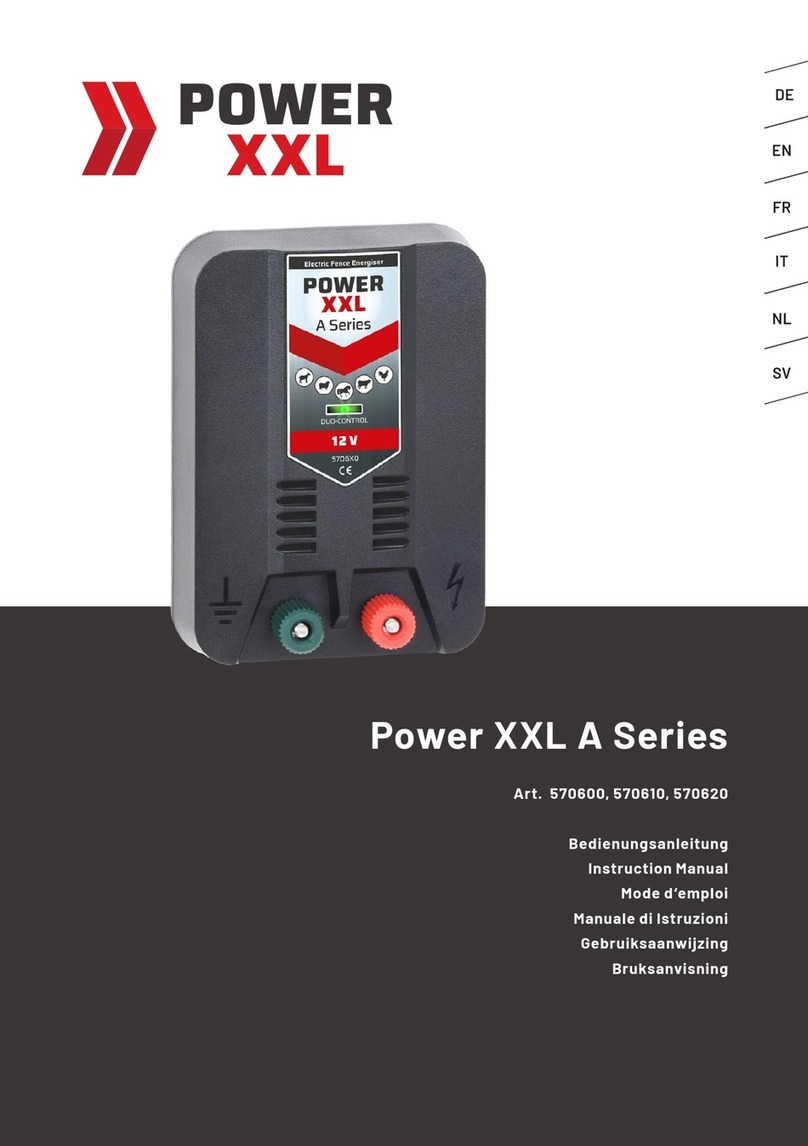Texas Instruments UCC28810EVM-002 User manual
Other Texas Instruments Power Supply manuals
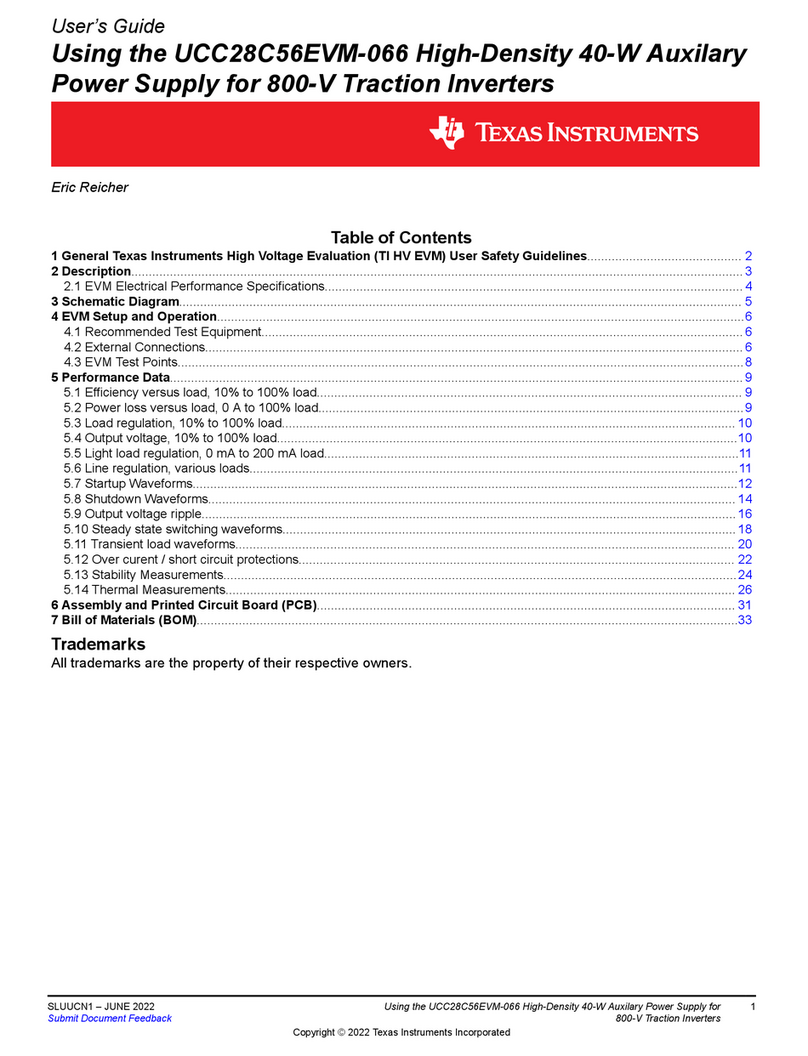
Texas Instruments
Texas Instruments UCC28C56EVM-066 User manual
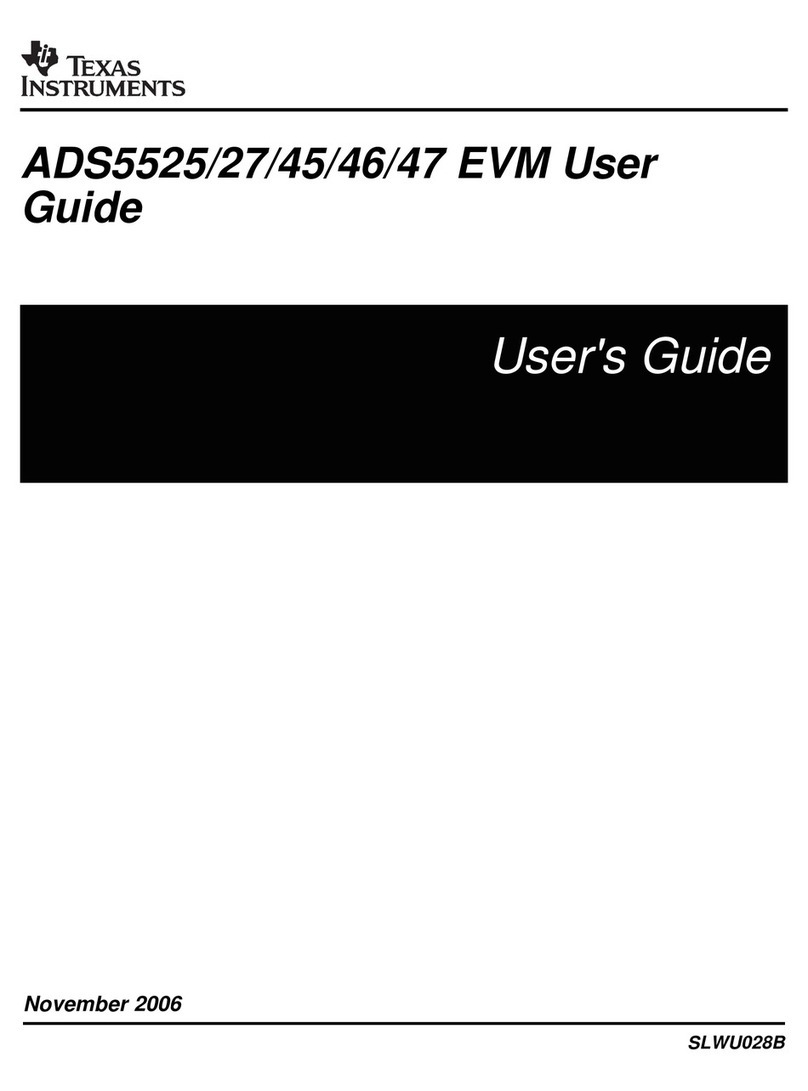
Texas Instruments
Texas Instruments 27 User manual
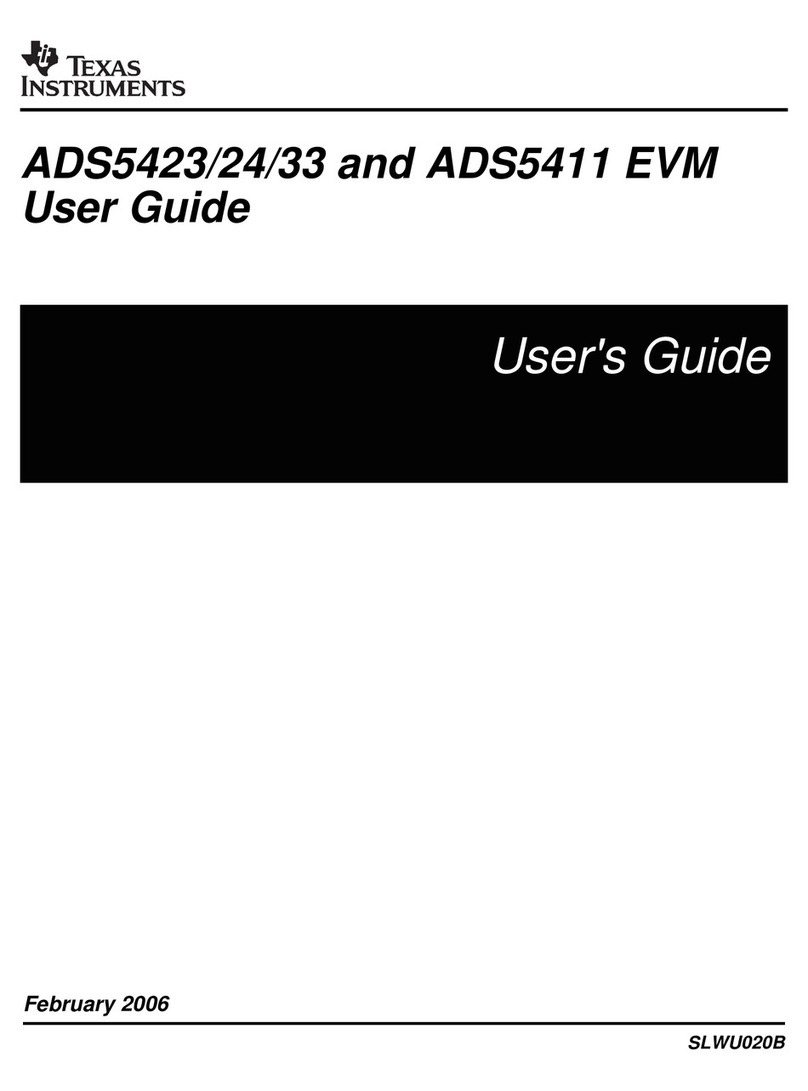
Texas Instruments
Texas Instruments ADS5411 User manual
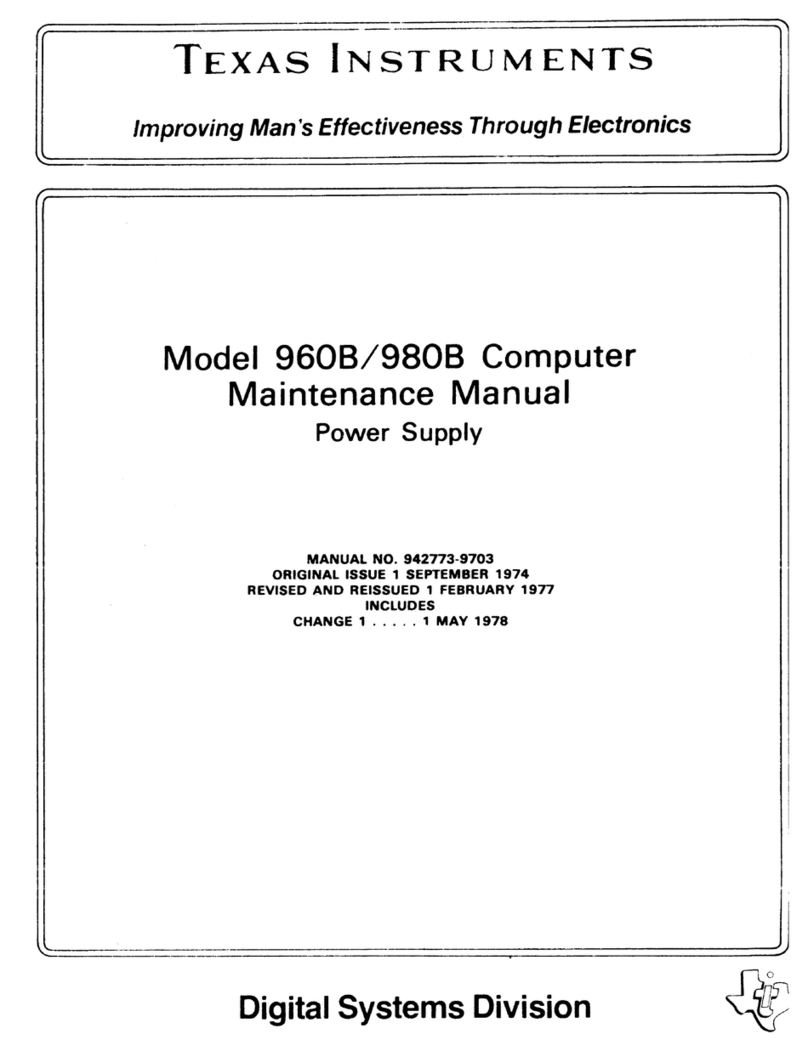
Texas Instruments
Texas Instruments 980B User manual
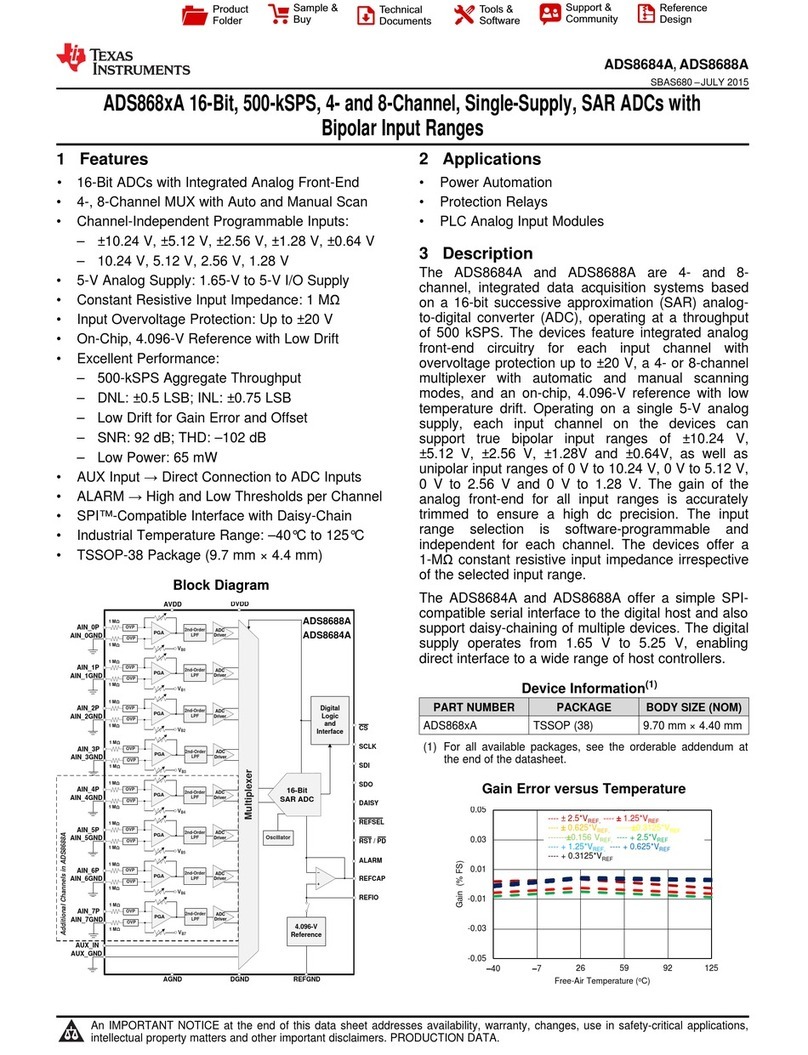
Texas Instruments
Texas Instruments ADS868 A Series User manual
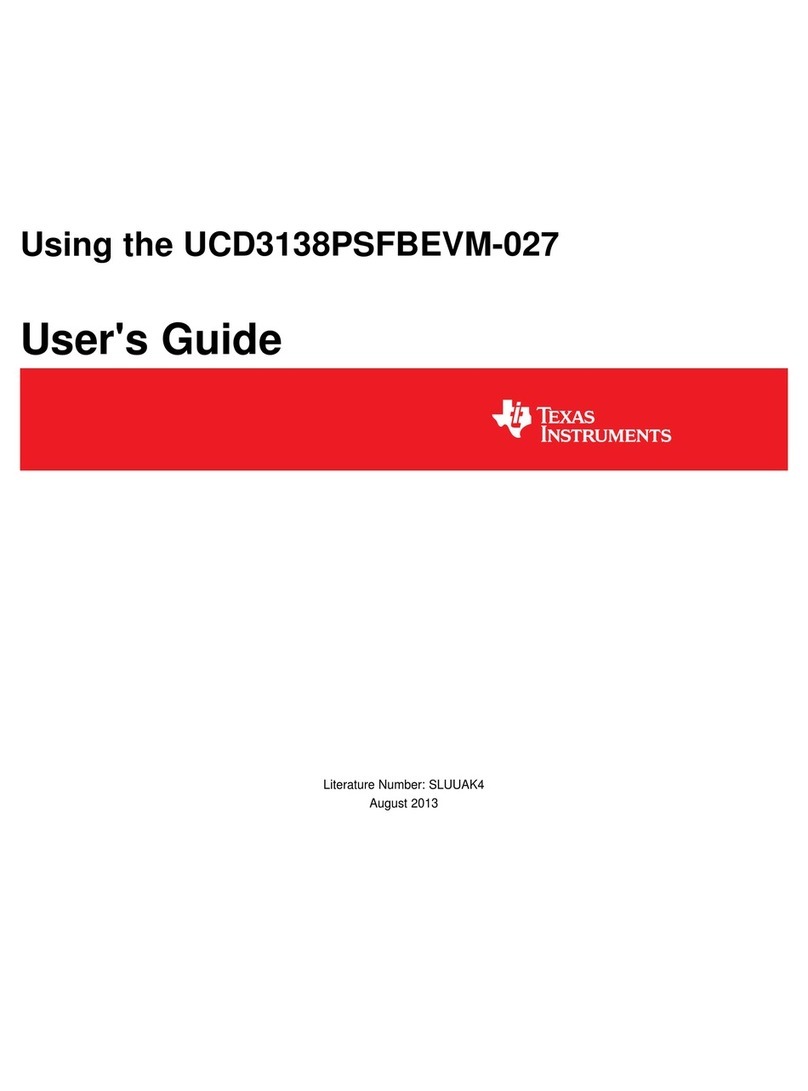
Texas Instruments
Texas Instruments UCD3138PSFBEVM-027 User manual
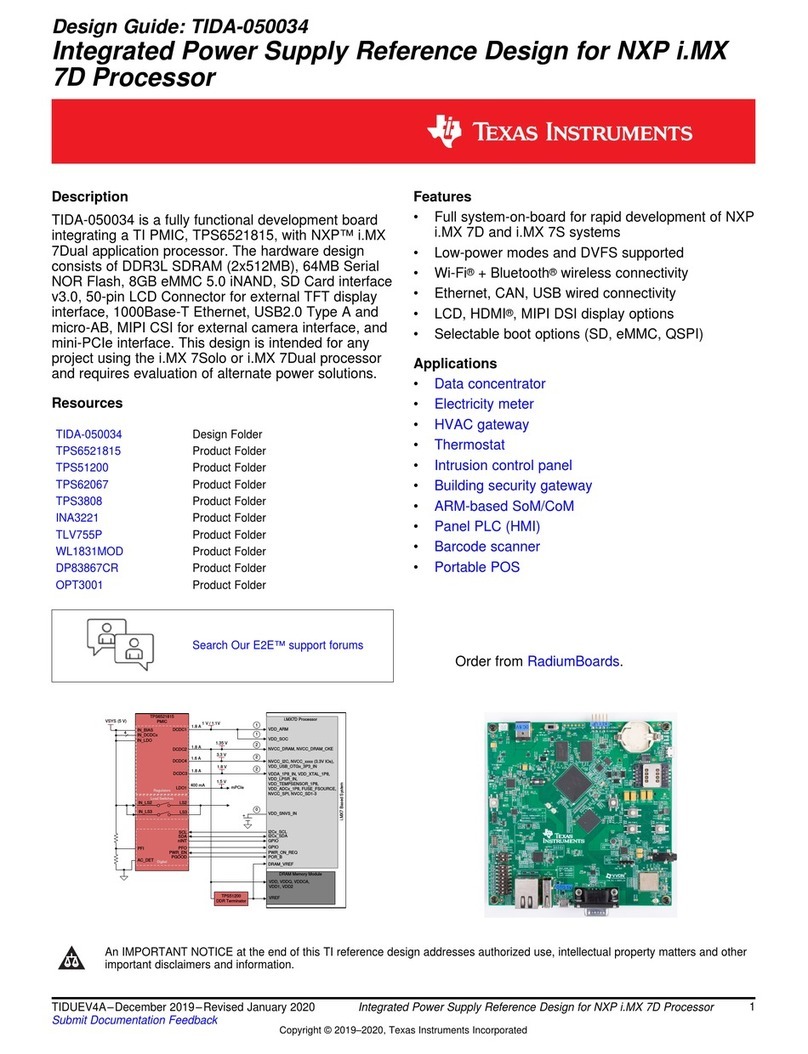
Texas Instruments
Texas Instruments TIDA-050034 Guide
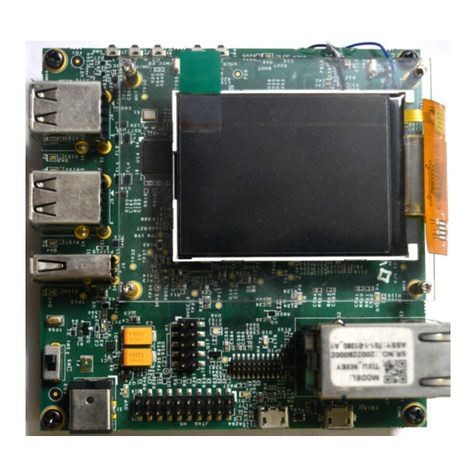
Texas Instruments
Texas Instruments TIDA-050043 Guide
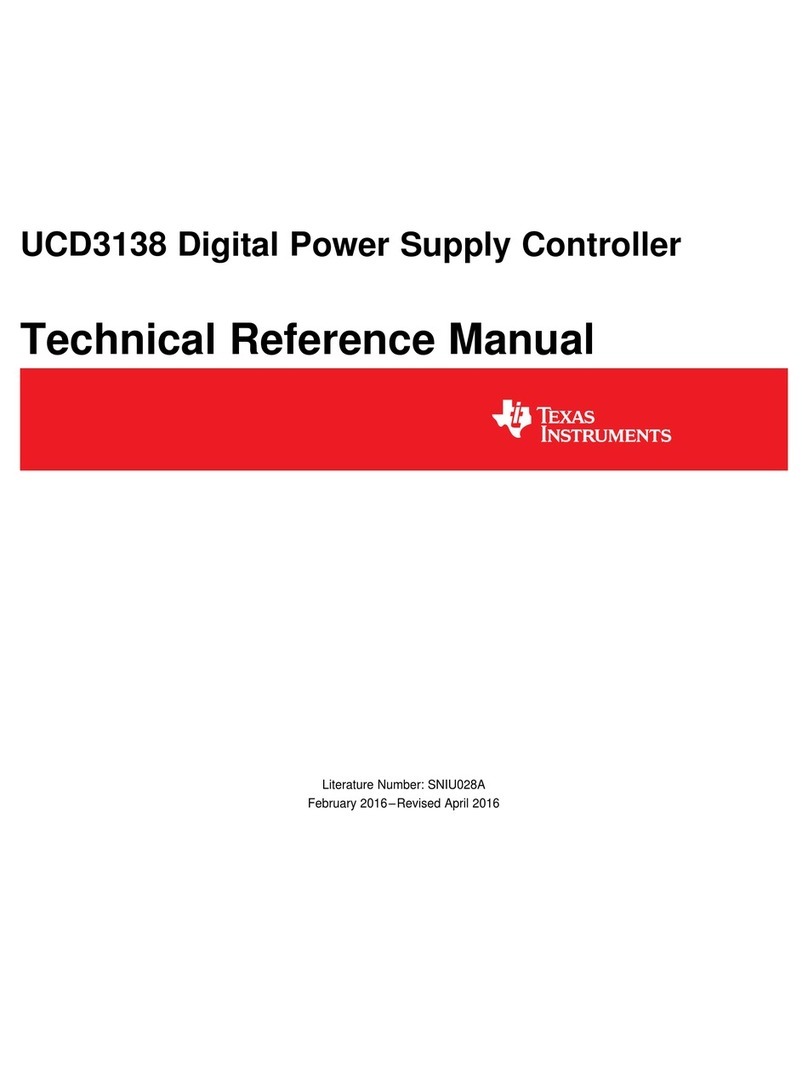
Texas Instruments
Texas Instruments UCD3138 Product manual

Texas Instruments
Texas Instruments UCC28C56EVM-066 User manual
Popular Power Supply manuals by other brands
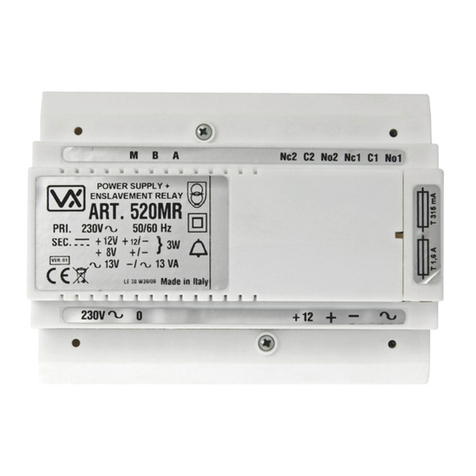
Videx
Videx 520MR Installation instruction

Poppstar
Poppstar 1008821 Instructions for use
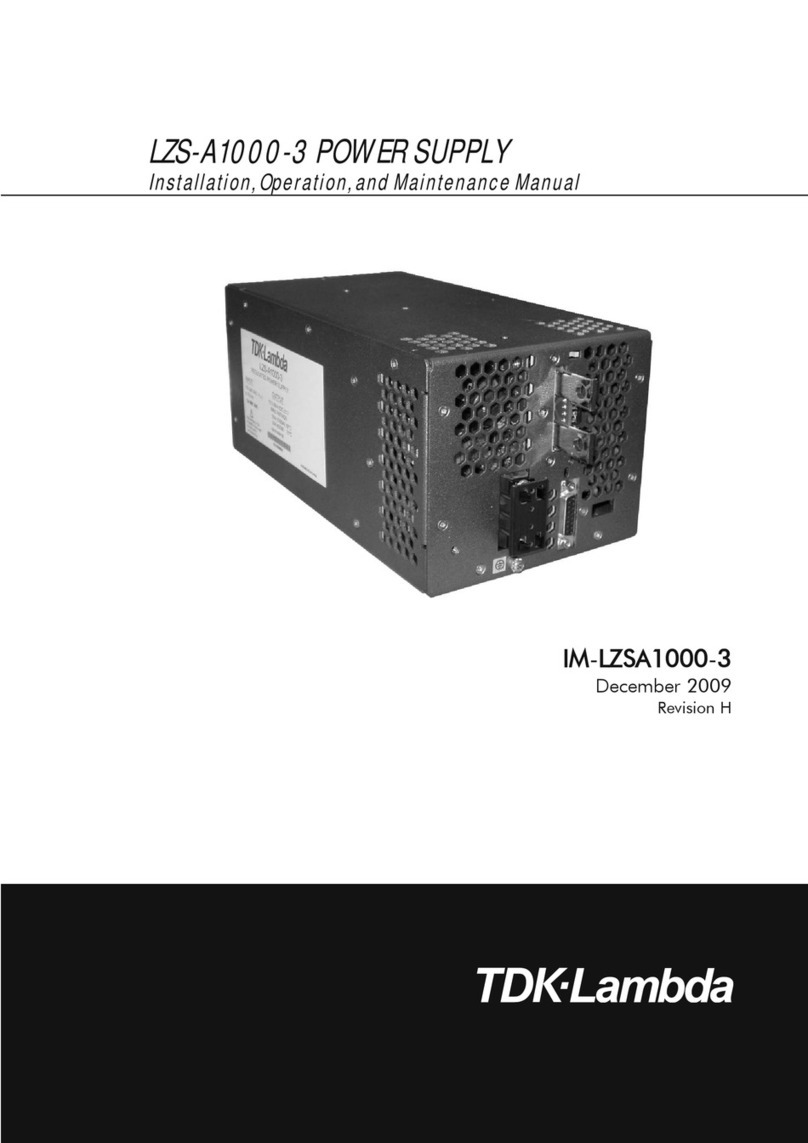
TDK-Lambda
TDK-Lambda LZS-A1000-3 Installation, operation and maintenance manual
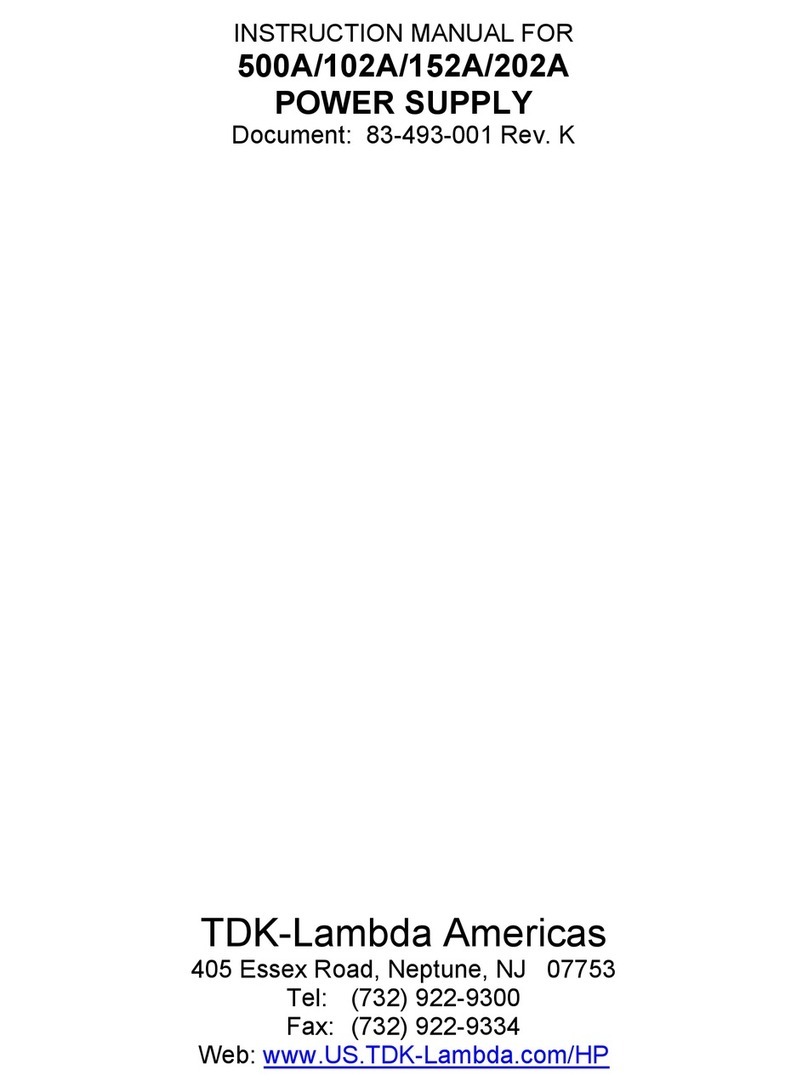
TDK-Lambda
TDK-Lambda 500A instruction manual
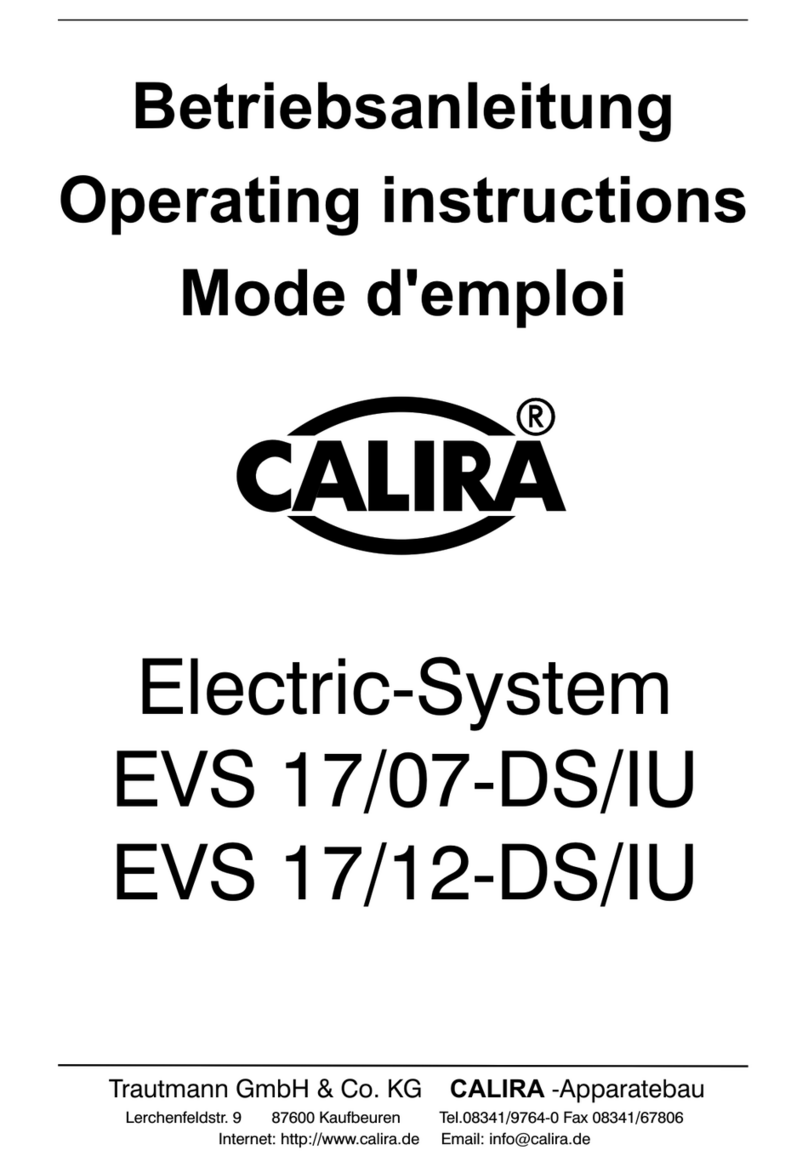
Calira
Calira EVS 17/07-DS/IU operating instructions
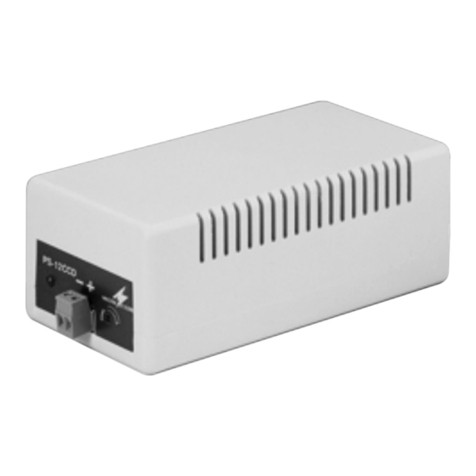
Monacor
Monacor PS-12CCD instruction manual
